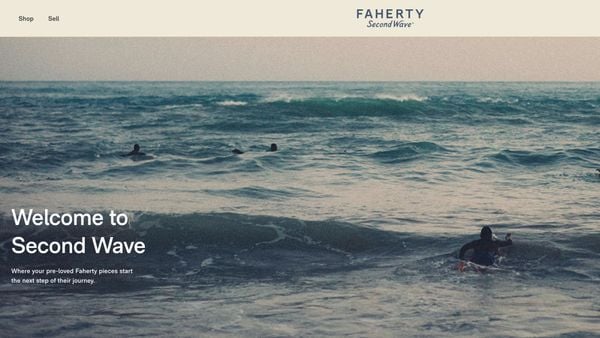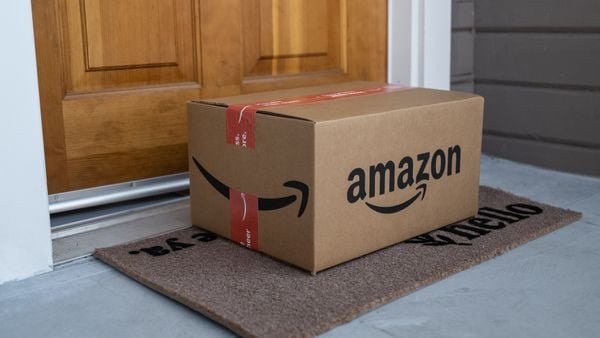Alex Song is CEO of Innovation Department. Views are the author's own.
While COVID-19 deals a major blow to almost every retail vertical (grocery, wellness and drug stores as the primary exceptions), direct-to-consumer (DTC) brands are in an especially vulnerable state. Even before the pandemic turned consumer activity upside down, we were already seeing flaws in the DTC model. The implosion of athletic apparel company Outdoor Voices represented the wider trend of putting influencer status ahead of sound business practices. And the disastrous Casper IPO shined a light on the vulnerability of hot-out-of-the-gate brands that lack a solid plan for customer retention and longevity.
Already in 2020, we have seen Brandless and Super Heroic shut down and the Federal Trade Commission block the Harry's, Edgewell merger. The economic decline, unicorn bubble burst and disappointing news in the industry have turned the DTC landscape into a push for the survival of the fittest.
So what will it take for DTC brands to not only survive in this current environment but to thrive?
Create multiple contingency plans
Facing an uncertain market, businesses around the world have taken the initial critical step: protecting their cash flow. Brands have taken actions within their control by limiting their expenses and fostering their marketing and sales pipelines.
The next move must be a careful analysis of the supply chain — factors a business is far less able to control. Most factories are either closed or running at half capacity (at best) and fulfillment centers are operating at a reduced capacity while under directives to prioritize products deemed essential. Output has stalled and shipments are delayed. Each part of operations is vulnerable: sourcing, supply chain, fulfillment and distribution.
It's time to build beyond plan A, which has likely not been dependable since the beginning of March. DTC brands must account for ever-changing variables. For example, if a business has nurtured a relationship with a fantastic seller abroad, but customs delays mean the time from order to delivery is simply not sustainable, it's time to dig into the supplier landscape to explore new relationships.
Scale-up thoughtfully (without losing profitability)
This is no time to act out of desperation by sacrificing long-term sustainability for short-term wins. Growing DTC brands must remember the fundamentals of scaling. Customer acquisition cost (CAC) is bound to be lowest at the early life stages of a brand when customers looking for the next big thing are willing to overlook near-term sacrifices. But in later stages of growth, brands are pulling customers from the mainstream majority — a more discerning audience — so CAC will only become higher. At this phase of acquisition, a business must have a keen understanding of that customer's lifetime value to justify increased spending.
Even with digital advertising costs down in light of reduced competition, if brands simply try to fill the top of their funnel, without planning how they'll nurture leads to maximize lifetime value (LTV), they're setting themselves up for massive disappointment (and revenue loss) in the future.
Look at Casper. The DTC mattress brand's revenue may have grown by 43% from 2017 to 2018, but its overall economic earnings that represent cash flow went from negative $78 million to negative $95 million in the same period. After a customer purchased a mattress (a fairly easy sell), the brand had no significant plan for what would come next. End of relationship.
Meanwhile, Warby Parker took eyewear, a product traditionally associated with low customer LTV, and flipped the equation on its head by decreasing the cost. The brand made it common for customers to shift from one pair of everyday glasses to one for each outfit by offering affordable prices, stellar user experience, and engaging marketing. And they're now offering contact lenses, a product with even more powerful unit economics and reorder rates.
Continue to foster community
A tough economy is not the time to abandon marketing. It's the time to tweak it and become even more laser-focused on community engagement. While reduced budgets will force brands to sacrifice some of the more expensive mediums, staying engaged with customers is crucial. Glossier founder Emily Weiss has proven, perhaps better than anyone, the power of authentic community-building with the creation of her online beauty gathering, "Into the Gloss." Users sharing their interests, beauty tips, and favorite products built a community that not only resulted in sales but truly drove demand.
DTC brands can take a page out of Glossier's book and double down on their content strategy in a time when people are striving for authenticity and more human interactions (not sales calls). And considering it costs five times more to acquire a customer than to retain one, nurturing relationships is also a more budget-friendly way to steer marketing.
Adapt (even if it means being less DTC)
It was never a good idea to focus solely on one distribution channel. Harry's recognized the need for wider distribution and brilliantly partnered with Target in 2016. It is much more expensive to drive traffic to a business's own website than to piggyback on the clout of retail behemoths like Amazon, Target and Walmart. Plus, customer behavior naturally favors those bigger marketplaces. Two-thirds of shoppers begin their searches not on Google, but Amazon. If a business conducts all of its sales exclusively through its own channels, it removes itself from 66% of searches.
Now is the time for DTC brands to investigate diverse sales channels — especially as the failure of other brands leaves both virtual and physical shelf space for new entrants.
Consumer habits will forever change as a result of COVID-19, and businesses have to keep up. We're not talking about a temporary glitch. Following the 2003 SARS outbreak in China and subsequent desire for more online vs. in-store shopping, Chinese retail king Alibaba saw its valuation grow to about $500 billion.
Customer behavior and marketplace dynamics are undergoing massive changes. With a disciplined operational plan and a little luck, DTC brands that survive will come out of this struggle stronger than ever.













